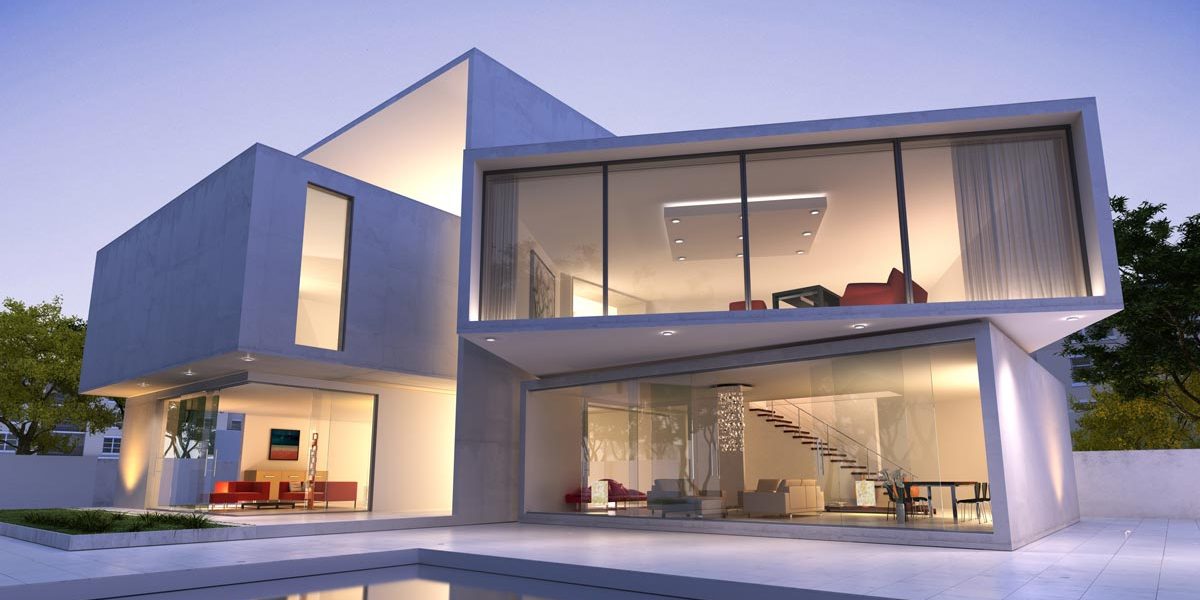With digital means taking over everywhere, the competition has become even fiercer. Industries are looking for different ways to stand out in saturated markets. Companies that specialise in 3D rendering are now changing the way projects are conceptualised and turn into reality: long before a brick has been laid or a wall has had any paint added. Whether it is a home improvement by a homeowner or the multi-million dollar buildings by developers, everyone enjoys the benefits of seeing the vision in breathtaking detail. But what exactly does a 3D rendering company do, and how does it help you visualize before you build? We will learn more about this process.
What Is 3D Rendering?
The 3D rendering is a technique of developing a real or aesthetic picture of a building, area, or product through the utilization of computer software. It is based on 3D models, i.e., mathematical descriptions of either the objects or environments that are constructed with design software such as SketchUp, AutoCAD, or Blender.
The rendering is able to approximate textures, lighting, shadows, and material to make a representation look very close to the real-life version of the design. To put it succinctly, a 3D rendering firm converts your sketch or design drawing into a lifelike photograph or animation.
Why 3D Rendering Is a Game-Changer
Before the emergence of 3D rendering, customers were obliged to use either 2D blueprints, sketches, or abstractions. This had a way of creating too much space to misinterpret, be disappointed, or have a change of mind between construction. With the new 3D rendering ability, though, you get to view the project as it will look in the world with its different vantage points and with the different lighting scenarios.
Such transparency enables them to make decisions quickly, collaborate with ease, and avoid the high cost of errors.
Benefits of Working With a 3D Rendering Company
Here are some common benefits of a 3D rendering company:
Better Expression of Ideas
Communication is one of the greatest problems of architecture and design. Floor plan/ technical drawing is a feature that not all clients can tell. A 3D rendering communicates complicated plans into images, which any person can comprehend. The layout of the living room or the facade of a commercial building does not matter because the client perceives that design as the designer intended to make it.
Revisions and Design Validation
When you use a 3D rendering company, you can test ideas before having to dive in and manage them. Curious to make a comparison between the appearance of marble and granite countertops? Wonder how black window frames will go with a white wall? The virtual experimentation of these design choices is possible with 3D rendering, and thus, Potential regrets or costly alterations afterward become less likely when construction has begun.
Increased advertising and selling
Developers in the real estate business, architects, and constructors frequently utilize 3D to sell buildings prior to their construction. These images enable clients and investors to see what the final product will be. Presentable 3D pictures are also a quality brochure, web, and social media promotion instrument.
Improved Project and Budget Planning
Better budget control and scheduling can be made with the correct visualizations, so the decisions can be made earlier in the process. It is less back and forth between stakeholders with fewer surprises. This ensures that time and money are saved by finalising design grading.
Types of 3D Renderings Offered
Take a look at the following:
Exterior renderings of architecture
These are directed toward the exterior of the buildings, whether it is a residence, a commercial premise, or a public infrastructure. A lot of the time, they will incorporate the use of landscaping, weather, and context (such as cars, people, or trees) to make the picture more relatable.
Interior Renderings
These are photo images that show the aesthetics of how a space looks and feels. To offer an all-encompassing view, designers could demonstrate the placement of furniture, lighting, colors of the paint, and texture, among others.
3D floor plans
In comparison with flat 2D design, floor plans in 3D offer a view of the whole floor along with walls, furniture, flooring, and textures. It gives a more naturalized account of the concept of flow and space.
3D Animation and Walkthroughs
Fancy taking a tour of a property even before the actual building process takes place? Well, 3D animation helps to make this happen. Such virtual tours allow the stakeholders to analyze the space and bring realism and emotionality to the design.
Industries That Benefit from 3D Rendering
Here are some common industries:
- Real Estate: To market new developments or to give the buyer a visual of how their house will look.
- Interior Design: To experiment and present design decisions.
- Construction: To be used in trying to make architects, engineers, and contractors refer to a level of the same photomontage.
- Furniture and Product Design: To get an idea of the product’s appearance in a real-life environment.
- Urban Planning: To demonstrate large developments to stressed communities and their stakeholders.
How a 3D Rendering Company Works
This is how the process of photorealism works:
Step 1: Reference and Brief Compilation
The client delivers drawings, blueprints, sketches, CAD files, material, texture, and color scheme details.
Step 2: 3D Modeling
The team draws a 3D model of the structure or the product, on which they define its basic form and proportions.
Step 3: To texture and light the step
The use of textures such as wood, metal, glass, or concrete material is used. Light is introduced to reproduce the conditions (sunlight, interior light, etc.) in the real world.
Step 4: Post-production and Rendering
Images or videos are rendered in high resolution, and editing tools are used to tune the pictures to be more realistic and beautiful.
Step 5: Editions and Proofs
The output is reviewed by clients who make changes in case of necessity. When they are finalized, the renders can be used.
Conclusion
The ability to imagine is not enough in the design and construction environment today. With a 3D rendering company, the concept-to-reality divide is closed as the clients, as well as the designers and constructors, follow a vision of the real thing before a nail is hammered.
Among the many rendering partners available today, House of Blue Beans distinguishes itself through a combination of photorealistic precision, scalable delivery, and stress-free project management. From high-volume visual content creation to tight-deadline turnarounds, our proprietary Visualization Management System (VMS) ensures that every client receives consistent quality without operational friction. Whether you’re building a product line, launching a development, or visualizing an interior space, our team delivers clarity and impact on time, every time.
Experience visualization, minus the guesswork.












